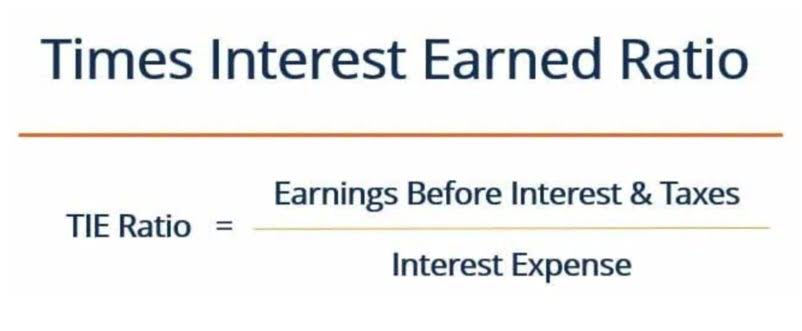
When you consider company size, and which one offers the best of everything — from salaries and benefits to technology and advancement opportunities — larger organizations tend to come to mind first. Small, midsize and large firms all have their advantages and disadvantages. None of these things can be done in a vacuum or by functional leaders acting by themselves. They must communicate to all stakeholders the growth strategy, the value drivers of change, the phases of the digital journey, and the expected outcomes. They must clearly demonstrate and communicate success through validation points along this productivity journey. The long-term and ongoing culture change activities and interventions that will come will help shape a culture that celebrates cost management and growth simultaneously.
What Drives Growth in Midsize Firms?
CEOs of successful midsize firms described themselves as their companies’ primary contact, with direct hands-on influence over its connections and capabilities. Their companies achieved growth through investments in relationships and proving to be reliable over long periods of time. They offered advantages over their immediate competitors through speed in their core competencies (i.e., what the company does, and what it does well). As a value-add, these firms developed specific complements to their core competencies based on their key clients’ needs — for example, adding intermediate warehousing to complement local logistics.

#82 EBSCO Information Services
In the United States, SMEs are disproportionally owned by white males, highlighting the lack of access to financial and entrepreneurial resources across races and genders. For example, a March 2023 report by the SBA found only 19.6% of employer firms were owned by minorities and only 21.7% of employer firms owned by women. SMEs are segregated from large, multinational companies because they fundamentally operate differently.

#37 New York State Insurance Fund (NYSIF)
- In developing countries such as Kenya and India, small and midsize enterprises go by the acronym MSME, short for micro, small, and medium-size enterprises.
- The SBA Office of Advocacy reported almost 33.2 million small businesses in the U.S., as of March 2023.
- The long-term and ongoing culture change activities and interventions that will come will help shape a culture that celebrates cost management and growth simultaneously.
- Under the five-year plan from 2021 to 2025, China plans to invest heavily in its small and midsize enterprises.
- Lacking established brand equity, midsize enterprises often rely on close relationships and unique and sharply defined capabilities to earn business.
Properly managed, the push for efficiency can free up capital and direct it to where it will create revenue, generate strategic growth options, and increase enterprise value. The firm recognized the need for transition and the limitations of prior scripts, then sketched out expansion pathways to grow into the highest growth stage we studied. The CEO of an industrial seat manufacturer that moved into that same growth stage viewed his firm’s connections as a joint commitment to investment with the client, including a willingness to deploy resources on their collective behalf. High levels of collaboration with a client helps remove investment risk for the midsize firms in new applications, and mutual commitment serves as a sturdy ladder for growth. There is no set definition of a small to midsize business, and it varies by country. Note that Gartner, the information technology (IT) consulting service, describes small businesses as those with fewer than 100 employees and midsize businesses as those with 100 to 999 employees.
The Importance of Small and Midsize Enterprises (SMEs)

The European Union (EU) offers definitions of what constitutes a small-size company as well. Small-size enterprises are companies with fewer than 50 employees, and medium-size enterprises are ones with fewer than 250 employees. In addition to small and midsize companies, there are micro-companies, which employ up to 10 employees. While there are plenty of pros to working for a medium-sized company, there of course are some cons. To start with, the career path within the company may be less defined.

#33 Boulder Valley School District
Many people in emerging economies find work in small and midsize enterprises. SMEs contribute roughly 50% of total employment and 40% of GDP in these countries, according to the Organisation for Economic Co-operation and Development (OCED). Very small businesses employ between 6 and 20 employees, while small businesses employ between 21 and 50 employees. In Somalia, the term is SME (for “small, medium, and micro enterprises”); elsewhere in Africa, MSME stands for “micro, small, and medium enterprises”. An SME is defined as a small business that has more than 30 employees but less than 250 employees.
- However, these small businesses often face greater financing challenges compared to their developed-country counterparts.
- The U.S. distinctly classifies companies with fewer than 10 employees as a micro business.
- Many drew on lines of credit last year or got federal Payroll Protection Plan support; they would prefer not to call on their banks again.
- So we moved into [foreign country] with a joint venture, and we’ve also moved into [another foreign country] with a small start-up.
Overall, firms within our study built distinctive profiles of connections and capabilities for growth and stability within their revenue category. Over the course of our respective careers, we’ve had the opportunity to work with many different midsize firms, helping them enhance capabilities, expand medium business accounting operations, and enable exports. We’ve found that the owners, CEOs, and top managers tend to describe their competitive advantage in terms of who they know (connections) and what they’re able to do (capabilities). We’ve also noticed that these variables change and interact to facilitate growth.